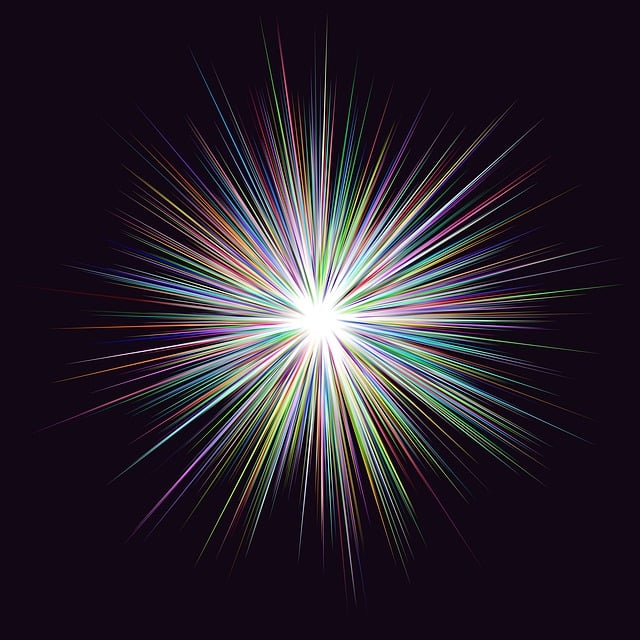
Motion graphics encompass the digital practice of merging animation, movement, and design components.
Motion graphics can be defined as visual elements that incorporate dynamic movement. The integration of this method during the middle of the 20th century had a profound influence on the realm of graphic design, which previously emphasized primarily on stationary visuals.
Motion graphic design involves the harmonious combination of text and design components, leading to the creation of dynamic animated visuals.
Motion graphics animation is different from full-length animated movies like Disney films, which have well-defined characters, plots, and storylines. Instead, it usually refers to short animations created for entertainment or sharing information. For example, 3D motion graphics are commonly used in advertisements. By the way, if you’re interested, there are 3D animation studios located in London.
Inform
Motion graphics became notably important in the flourishing era of Hollywood after World War II. However, it was the evolution of digital technology in the following years that widened the scope of this industry, allowing a more diverse range of creators to participate. Motion graphics find widespread use in various domains, including the introduction sequences of movies and TV shows, as well as groundbreaking marketing campaigns. For anyone in the London area I recommend that and I
Motion graphics have many different uses in various settings.Film production companies were pioneers in implementing this approach during the 1950s, enlisting skilled designers to create film titles. These titles served a dual purpose: conveying details about the cast and crew while also capturing the essence of the film through the use of elements like color, text, illustration style, and motion velocity.
Motion graphic design remains a prevalent technique in the creation of film opening credits in contemporary times, owing to the progress made in digital technology. This has resulted in increased accessibility for creators with varying levels of proficiency. Moreover, motion graphics are utilized for diverse applications beyond this realm.
Television miniseries have historically employed visually captivating elements in their introductory credits. Take a moment to examine the latest assortment of episodes available for streaming on Netflix.
Motion graphics have given advertisers the opportunity to create bolder and more captivating creative material for their clients.
Motion graphics are essential in enhancing the storytelling capabilities of broadcasters and journalists, especially when covering important news events like elections.
Social media memes frequently make use of motion graphics on platforms like Instagram to elicit amusement, incorporating visual elements, written text, and animation.
Motion graphics have garnered considerable attention from designers seeking to improve the user experience, particularly in the field of website user experience (UX) design. With the growing prevalence of our lives in the online realm, there is a heightened emphasis on enhancing our interactions with digital platforms.
The retail experience has undergone a significant change due to the implementation of digital menu boards and billboards in malls. The traditional static and two-dimensional print medium has now evolved into a lively and animated format through the utilization of motion graphics. If you are in need of motion graphic you can easily find a company by doing a Google search with your location for example ”motion graphics company London”.
The Development of Visual Effects in Motion Graphics has Evolved
Motion graphics emerged as a result of the evolution of film credits. In the early days of cinema, title credits were introduced in response to the growing interest of the young audience, who wanted to learn more about the actors appearing in the movies they watched.
The rise of motion graphics in the movie industry gathered considerable momentum following World War Two. Influential graphic designers, such as Saul Bass and Elaine Bass, played a crucial part in transforming motion graphics, ushering in a dynamic and imaginative period that infused vitality into films such as “The Seven Year Itch” (1955) and “North by Northwest” (1959).
in the 1960s and 1970s, there were additional renowned individuals who specialized in creating titles for films, such as Pablo Ferro, who became famous for his contributions to movies like “Dr. Strangelove” (1964) and “The Thomas Crown Affair” (1968).


